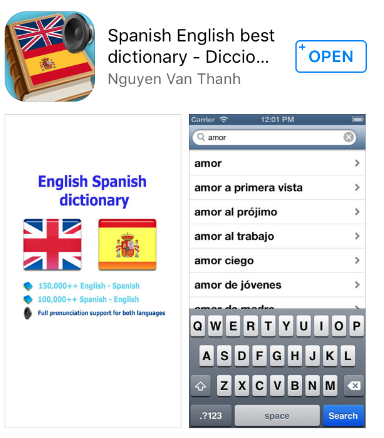Recent talks with colleagues working in the public education sector in the UK about SATs (Suite of Assessments), and my own experiences tutoring on pre-sessional courses, have given me a first-hand insight into the exhaustive measures some institutions employ to ‘promote’ learning through continuous formative assessment. The term they have coined is ‘assessment for learning’. Experience has demonstrated to me that the learning gains are limited compared with the time taken to prepare for the testing, the testing process, and of course the marking and feedback sessions.
A typical writing test could include learners being given several extracts from source texts to read and make notes on a week prior to the actual test. On test day, these notes are not permitted into the classroom and a new set of notes is given with a question to analyse. In my humble opinion, while learners will have read the texts and have a deeper understanding than seeing them for the first time, the test is in fact an evaluation of memory where they are desperately digging deep in their brains to retrieve the information about the points they deemed worthy of remembering. The question is analysed in groups, a draft plan is drawn up individually, and finally a 90-minute test is undertaken. Learners are notably exhausted after a testing process, which has essentially been drawn out over an entire week.
As an experiment, I tried an alternative approach where I gave learners 4 short extracts. In pairs each learner read 2 different texts and made notes. The notes were swapped with their partners who used them as a springboard to understand the 2 texts they did not read. Each learner proceeded to read the texts to accompany their partners’ notes to discover if they had identified all the key themes. A group discussion was held, a question was given, and learners wrote a short piece of discourse with a 40-minute time limit, to answer the question referring to the key themes identified previously, and citing as necessary. When the writing was completed, learners exchanged their scripts with a peer, and it was reviewed for content, accuracy of answering the question given, coherence, cohesion, stance, and argumentation. Another group discussion was held, and at this point I also participated with language support and academic guidance. This ‘think tank’ approach appeared to be effective and the feedback I received from the class this was tested with was positive. Including comments such as ”I learnt from my friends so it helped me feel confident to write”, “she was able to notice some additional points I didn’t see”









